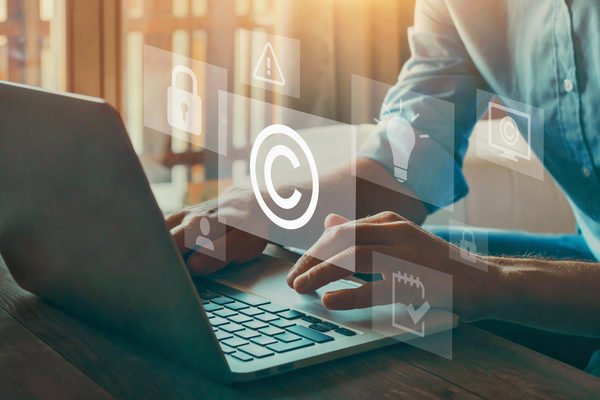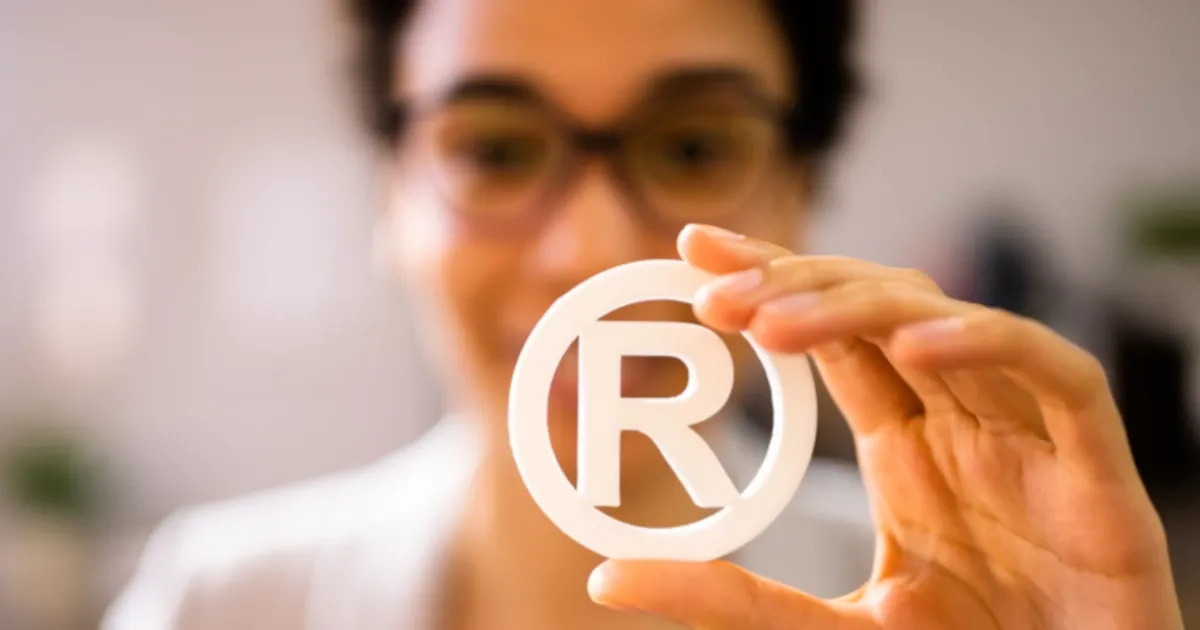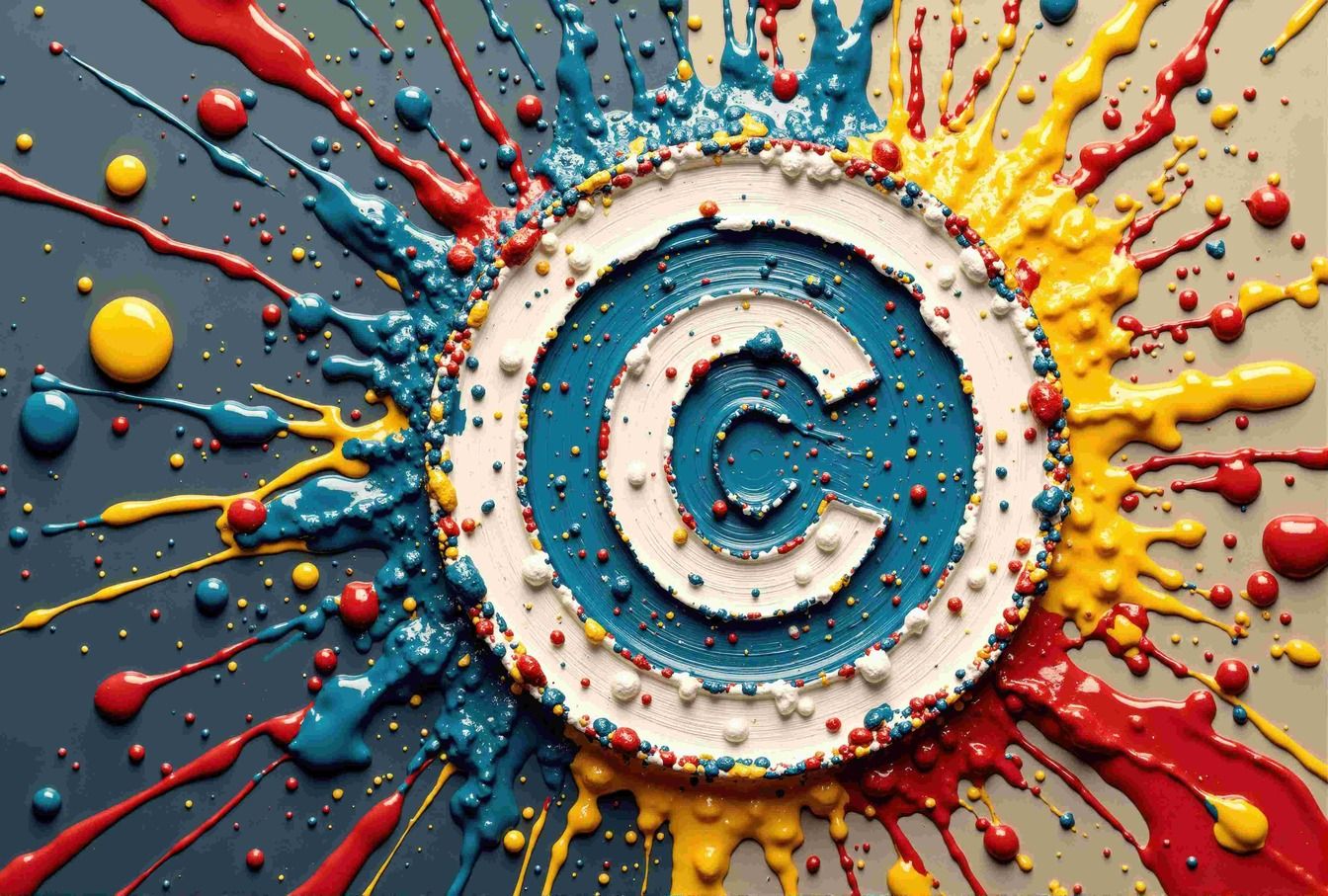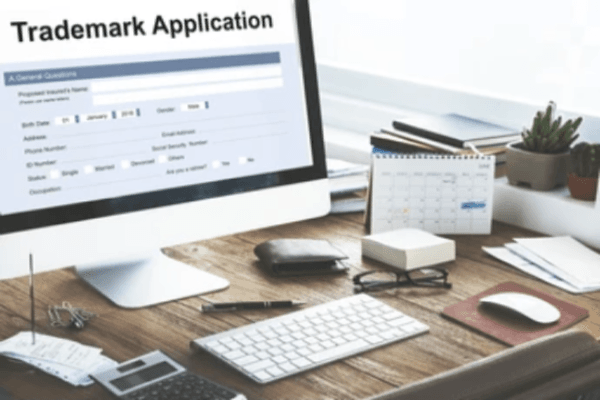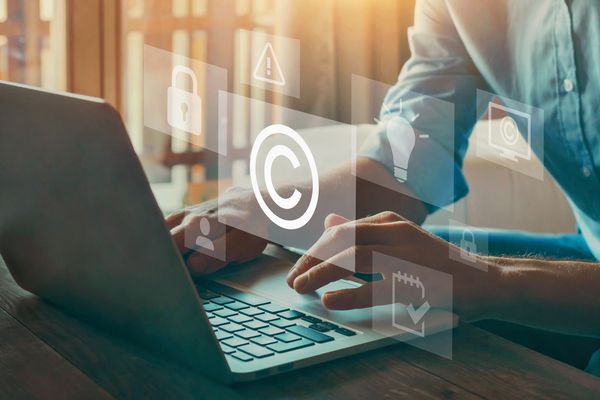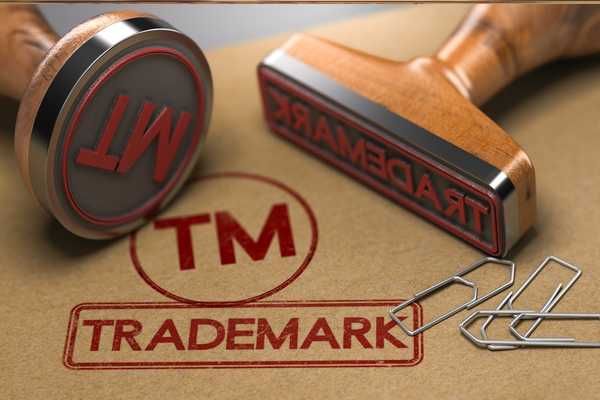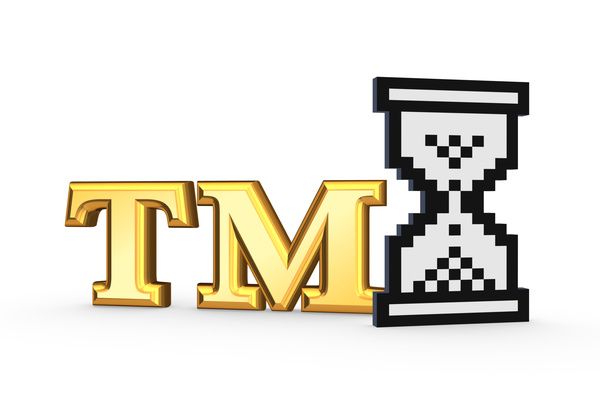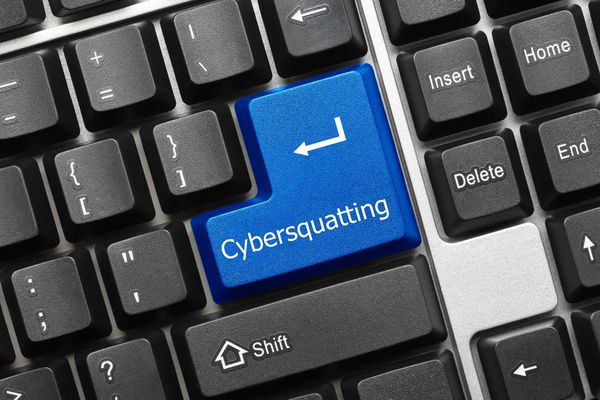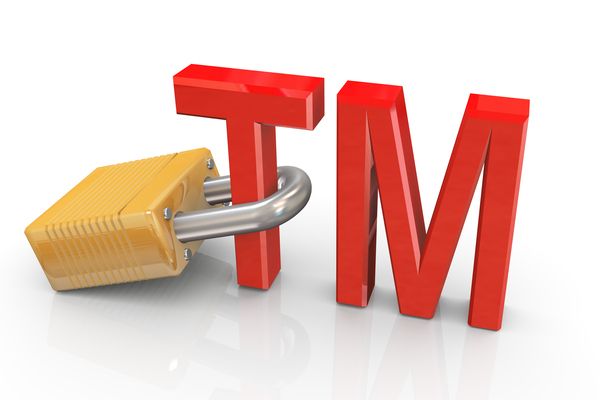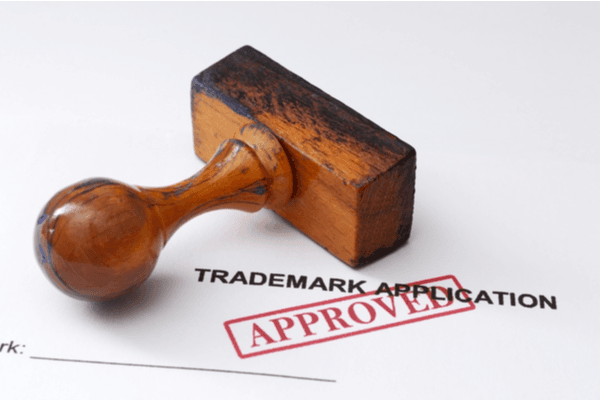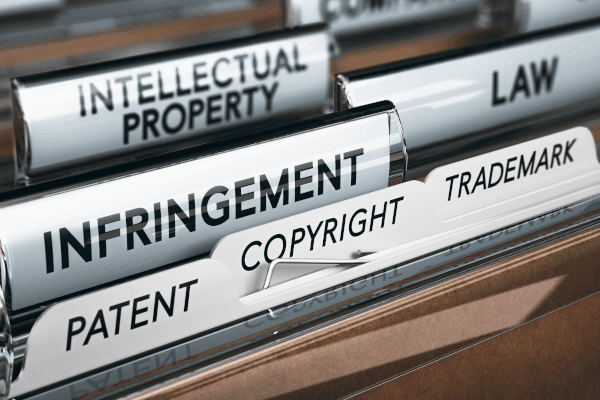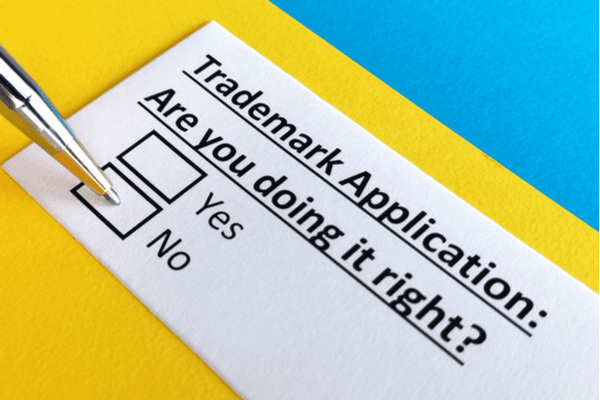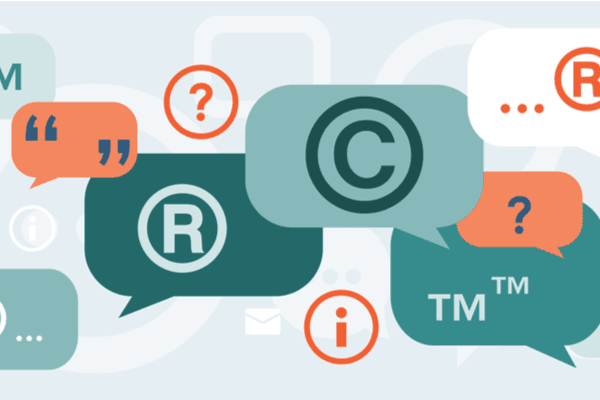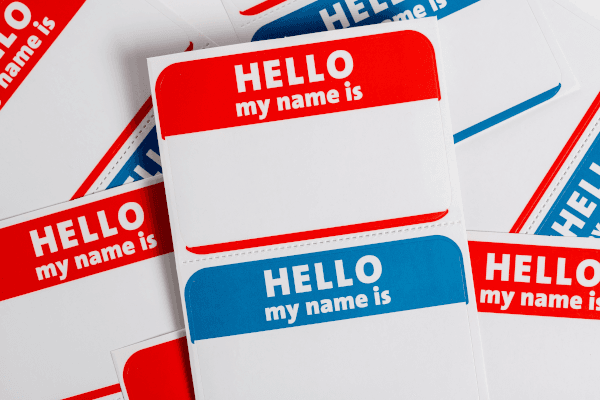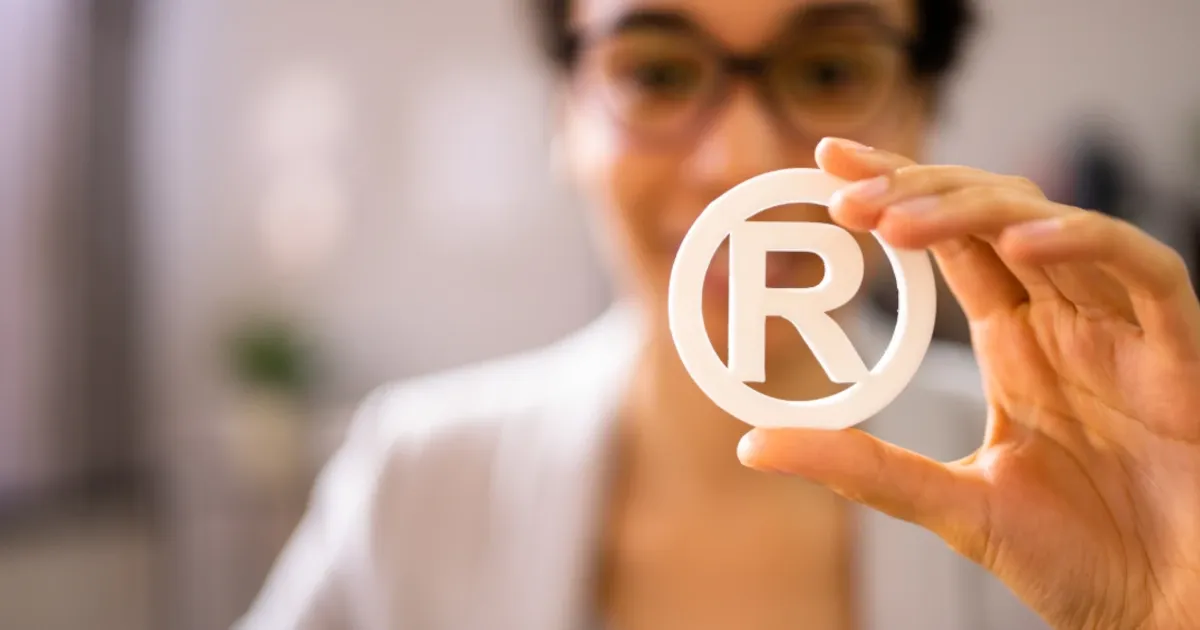What’s the Difference Between Patents, Trademarks, and Copyrights?
What is the difference between a patent, a trademark, and a copyright? Discover the answers here to find out how and when each applies.


It’s crucial to know the difference between a patent, a trademark, and copyright if you have intellectual property (IP). Whether your IP is content, a product, or even an idea, it can be a key advantage for your business and shows that you offer something unique to consumers. However, IP loses much of its power if it isn’t protected, meaning other companies can use the same concepts and products.
This is where patents, trademarks, and copyrights come in. All three are mechanisms you can use to protect your IP, but each has different uses. As an entrepreneur, you need to know these differences and how they apply to the IP you’re trying to protect.
Read on to learn about these three mechanisms, how they differ, and when you may need to use each one.
What Is a Patent?
Patent law exists to encourage innovation followed by the commercialization of the advances and products that result from that innovation. In other words, patents protect inventions.
The nature of these inventions varies widely. There are two categories of patents: utility and design. A utility patent concerns an invention’s functionality and can apply to anything from a new piece of technology or machinery to improvements to existing processes. There are even some pieces of computer software that can have patents applied to them because they bring something new to the industry. On the other hand, design patents apply to the unique appearance of a manufactured item.
Patents do not apply automatically to innovations. You must apply for your patent with the U.S. Patent and Trademark Office (USPTO), and it’s not a simple process. Filing for a patent can take a lot of resources, much of which you’ll spend on determining whether similar products or innovations already exist. You can increase your chances of getting a patent by working with an attorney or a licensed patent agent.
A patent also requires maintenance, or you risk opening the door for others to use your idea. Your patent can expire before you’re ready to unveil your innovation to the market because you failed to maintain it.
What Is a Trademark?
A trademark is any name, logo, or slogan that a consumer can use to identify your business.
Nike’s “Just Do It” is a perfect example of a trademark. You immediately associate those three words with the brand. However, this association between a brand and an identifying phrase can create risks. Other companies may attempt to capitalize on it by using the phrase to draw people toward their businesses. Thankfully, trademarks prevent that from happening.
Trademarks only apply to identifiers. As a result, you can’t trademark a generic word or phrase. For example, a store that sells videogames cannot trademark the term “videogame.” However, they can trademark the store’s name or any phrases or logos they create that people identify with the store (unless they lack creativity and name their store “The Videogame Store”).
You don’t need to register a name, logo, or slogan for certain trademark protections to apply. This is what is commonly referred to as a “common law trademark.” If a phrase or logo is associated with your business, you already have automatic protections. Unfortunately, you may face a protracted legal battle if you don’t register your trademark and somebody uses the material without your permission. Your common law trademark rights may also be limited to where you operate, whereas a registered mark is protected nationwide.
You can register your trademark with the USPTO. Once registered, you’ll receive documentation that instantly proves that only your business can use the trademark, making legal disputes much smoother and less costly.
What Is Copyright?
The term copyright applies to a collection of rights that you receive if you create an original piece of work. These rights demonstrate that you are the owner of the work and state what you can do with that work. The following rights apply to a copyrighted piece:
The right to reproduce the work
The right to distribute copies
The right to display and perform the work
The right to produce derivatives of the original piece
asdf
Ultimately, copyright means you have control over a piece of content you’ve created. It applies to various works, including books, paintings, and even blog posts.
As a copyright owner, you also have the power to determine how to use each of these rights. For example, you can choose to license your work to another company and allow them to distribute it in exchange for a slice of the profits.
Copyright automatically exists once you create an original piece of work. However, you should file for a copyright with the U.S. Copyright Office to enhance the protections.
Differences Between Patents, Trademarks, and Copyrights
While we’ve covered some of the differences between these three forms of protection above, it’s worth exploring them further so you know which applies to your work or product. We’ll split the differences into four categories:
Terms of protection
Rights granted under the protection
Requirements for protection
Definition of protection
asdf
So, what is the difference between a patent, a trademark, and copyright in each area?
The Terms of Protection
A copyright lasts for the entirety of the author’s life, plus an additional 70 years after the author passes away. Trademarks apply for as long as a company uses the identifying phrase or mark in a commercial setting. As such, a trademark can expire if a company chooses to stop using the identifier. Utility patents last for 20 years, and design patents last for 14 years, though you may be able to extend the term by refiling the patent before it expires.
Rights Granted Under the Protection
We’ve already covered the rights granted under copyright. These same rights don’t apply to trademarks and patents.
For a trademark, you have the right to use your identifier. You can also prevent others from using the same identifier or a similar one. A similar identifier is one where a consumer will be confused about the brand associated with the identifier. Coming back to our Nike example, if a company produces sportswear and uses the phrase “Just Doing It,” Nike would likely be able to enforce a trademark in this situation.
The rights received for patents also revolve around prevention. If you have a patent, you can prevent other individuals and companies from making or selling whatever you hold the patent on. You can also prevent them from importing your patented material to other countries and stop them from freely using it. Patent rights mainly focus on ensuring that the patent holder receives adequate compensation for the innovation they’ve brought to the market.
Requirements for Protection
Your invention or concept must be new, non-obvious, and useful to obtain a utility patent. The requirement for usefulness is essential as it places the responsibility on you to define why the patent needs to exist. Failure to do so could lead to the USPTO choosing not to grant a patent. Your design must be new, non-obvious, and ornamental to obtain a design patent. Whether something is ornamental means that an item’s design is not dictated by the item’s function.
For a trademark, the critical requirement is that the identifier is distinctive enough that you can reasonably expect people to associate it with your brand or company. Again, Nike’s “Just Do It” slogan shows this in action. A trademark can apply to the phrase because it’s directly associated with Nike.
With copyright, the work must be creative and original. A piece derived from somebody else’s work may not be copyrightable. There are numerous examples of this in the music industry, where one artist has used a riff or sample associated with another work and ended up having to give songwriting credit to the original artist. A copyrighted work must also exist in a tangible medium that the public can access.
Definition of Protection
In simple terms, patents apply to inventions, trademarks to any identifying mark, and copyright to original works.
It’s worth expanding on the idea of original works. Anything an author can claim ownership of has copyright automatically applied to it. This includes books, songs, paintings, films, television shows, and practically any other form of creative content available to the public.
Infringing Patents, Trademarks, and Copyrights
Patents, trademarks, and copyrights exist to give you recourse if someone infringes on an original piece of work. As such, the punishments meted out must fit the crime. If the punishment is not severe enough, somebody may continue to steal or use your work to suit their ends.
There is a difference between a patent, a trademark, and copyright regarding punishment.
Punishments for Patent Infringement
Unfortunately, patent infringement is the most difficult of the three to prevent because there are no specific punishments. If someone infringes your patent, you have the choice of not doing anything or engaging in a lengthy legal battle.
While enforcing a patent in court may be costly, it does not require the patent holder to show intentional stealing. If someone starts manufacturing something that interferes with your patent, they may be liable for damages even if they never knew about you or your patent.
Suppose you do get through a long and protracted legal battle. In that case, you may be able to recover your lost profits, the profits of the infringer, statutory penalties, and possibly additional damages if there is evidence the infringer intentionally stole the information from you.
Thankfully, most companies respect patents enough to not infringe on them, and litigation is not that common. Large companies benefit from these inventions in the long run, and patent infringement only discourages creative people from coming up with new ideas.
Punishments for Trademark Infringement
If somebody infringes on a trademarked identifier, your most obvious course of action is to sue them. You would need to show that the offending party is using a name, logo, or slogan that is likely to cause consumer confusion.
If you win a lawsuit against someone who stole your trademarked material, the judge may impose several penalties on the offending party. Typically, these are monetary penalties, such as fines, judgment payments, and the payment of your court costs. In some cases, a judge may issue an injunction to prevent the offender from using the trademarked material again.
Punishments for Copyright Infringement
Copyrights allow for private enforcement through litigation or the Digital Millennium Copyright Act if the infringement occurs online. To sue in court, you must have registered copyright or courts won’t enforce it. You can receive damages, attorneys’ fees, and possibly additional damages if the infringement is egregious. Some of these punishments apply even if the offender infringes the copyright without making a monetary profit.
You may also be able to obtain help from law enforcement. The Federal Bureau of Investigation (FBI) takes a serious stance against widespread copyright infringement. The FBI can confiscate the infringing items and shut down the means of distribution.
Copyright is the reason you see the FBI’s Anti-Piracy Warning at the beginning of your favorite movie. This warning tells the viewer that they can be punished with a fine of up to $250,000 and a maximum of five years in federal prison. Still, most cases of copyright infringement don’t impose such harsh sentences.
Choose the Correct Protection
You can ensure your work has the appropriate protection by choosing correctly between patents, trademarks, and copyrights. If you fail to protect your work, you can lead others to use it and risk losing the ability to monetize it as effectively.
Thankfully, Trademark Engine can help. We offer trademark and copyright services to ensure your work has all the protection it needs.
Trademark Engine is not a law firm and none of the information on this website constitutes or is intended to convey legal advice. General information about the law is not the same as advice about the application of the law in a particular factual or legal situation. Individual facts and circumstances as well as legal principles including but not limited to the ones referenced on this website can affect the outcome of any given situation.
Trademark Engine cannot and does not guarantee that an application will be approved by the USPTO, that a mark will be protected from infringement under common US trademark law, or that any ensuing litigation or dispute will lead to a favorable outcome. If you want or have an interest in obtaining legal advice with respect to a specific situation or set of circumstances, you should consult with the lawyer of your choice.
Trademarket Blog
Everything you need to know about starting your business.
Each and every one of our customers is assigned a personal Business Specialist. You have their direct phone number and email. Have questions? Just call your personal Business Specialist. No need to wait in a pool of phone calls.
